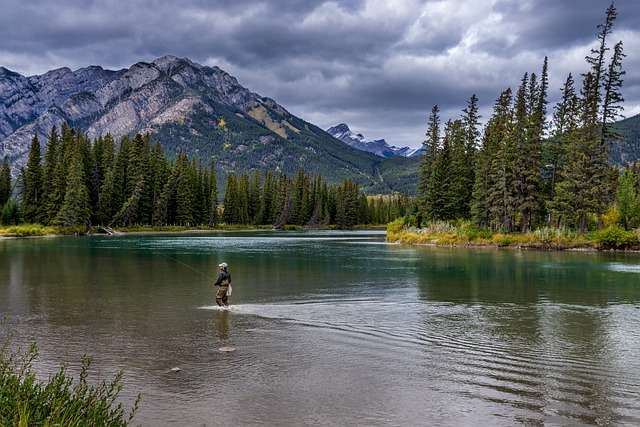As global temperatures rise and the effects of climate change become increasingly apparent, the beauty and integrity of our national parks are under threat like never before. These natural sanctuaries, once seen as the ultimate retreats from the chaos of urban life, are now facing the harsh realities of a melting world. From the majestic grandeur of Yellowstone to the stunning beauty of the Great Barrier Reef, the preservation of these national parks is critical for both our environment and our collective future.
National parks serve as essential reservoirs of biodiversity. They protect countless species of flora and fauna, some of which are already struggling to adapt to changing climates. The warming temperatures have resulted in shifts in habitat ranges, threatening the delicate balance that has sustained these ecosystems for centuries. For instance, as glaciers in Glacier National Park recede, they not only alter the landscape but also disrupt aquatic ecosystems that rely on cold meltwater. The once perennial streams now face seasonal fluctuations, affecting the entire food chain.
Climate change does not spare the iconic features that draw millions of visitors to these parks each year. Increased temperatures and erratic weather patterns lead to intensified wildfires, invasive species, and the erosion of trails and landscapes that are vital for tourism and education. It’s a paradox; as more people flock to experience the beauty of national parks, it becomes clear that their existence hangs in the balance. The carbon emissions associated with travel could further exacerbate the very issues we seek to escape by visiting these natural wonders.
The impacts extend far beyond the borders of the parks themselves. National parks play a pivotal role in our global ecosystem, acting as carbon sinks that help to mitigate climate change. Protecting these areas is more crucial than ever. However, preservation efforts can sometimes seem like an uphill battle against more immediate economic pressures and interests that prioritize short-term gains over long-term sustainability. Advocacy and active involvement in conservation efforts are essential, but they require a collective consciousness that recognizes the gravity of the situation.
Visitors to national parks have a unique opportunity to engage with nature and understand these complex environmental dynamics firsthand. By witnessing the stark consequences of climate change—whether through degraded trails, altered wildlife behavior, or loss of natural landmarks—people can develop a deeper appreciation for the incredible beauty these areas offer and become more committed to protecting them. Educational programs, guided tours, and interactive experiences can facilitate discussions about the importance of conservation, climate action, and sustainable practices.
As we explore the charm and majesty of our national parks, we must be reminded of the fragility of these ecosystems in our melting world. It is our responsibility to advocate for their protection and to support policies that safeguard these precious resources. Every visitor has the potential to be a steward of our national parks, ensuring that they retain their beauty and biodiversity for generations to come. So, let us not merely traverse the paths within these parks but instead tread thoughtfully, knowing that our choices today will echo throughout time.



